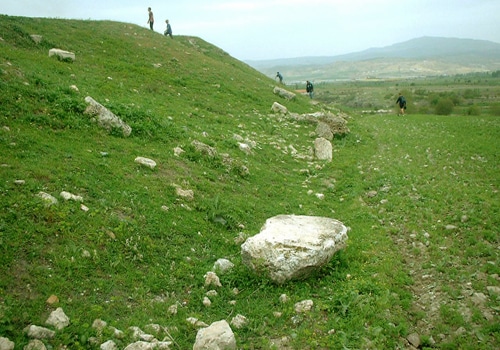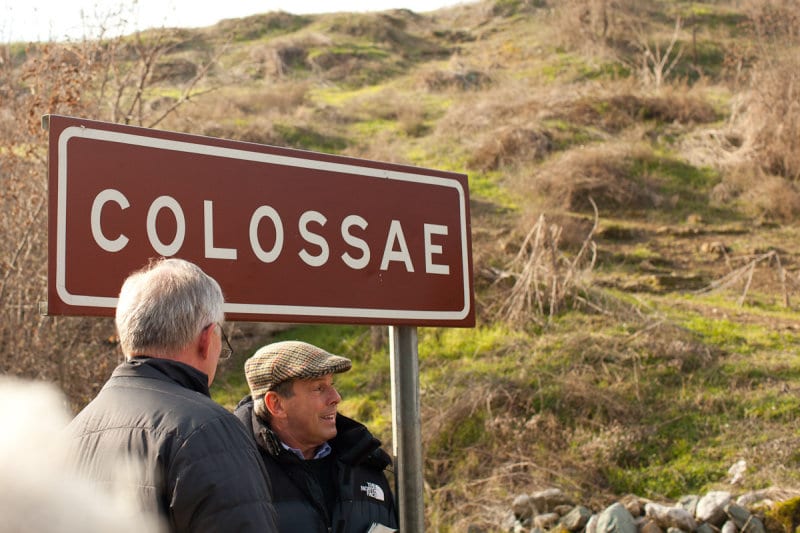Colossae Church and Ancient History

In 396 BC, during the Persian Wars, the satrap Tissaphernes was lured to Colossae and slain by an agent of the party of Cyrus the Younger. Pliny tells that the wool of Colossae gave its name (colossinus) to the colour of the cyclamen flower. During the Hellenistic period, the town was of some mercantile importance, although by the 1st century it had dwindled greatly in size and significance.
It does not appear that St. Paul had visited this ancient city when he wrote his Epistle to the Colossians (Col. 1:2, Col. 2:1), since he tells Philemon of his hope to visit it upon being freed from prison (see Philemon 1:22). It seems that Epaphras was the founder of the Colossian church (see Col. 1:7; 4:12).
This ancient town fell into decay (possibly due to an earthquake) and the Byzantine town of Chonæ occupied a site near its ruins. A look at the classical history, Byzantine, and otherwise medieval literature mentioning the site reveals a name change for part or all of Colossae to Cona or Chonae. The town was the birthplace of the Byzantine Greek writers Nicetas and Michael Choniates. In 1206–1230, it was ruled by Manuel Maurozomes.
Chonæ was made an archbishopric about 858-60, and in some later episcopal notices appears as a metropolis.

